Vintage Tribal Kilim Runner 2' 10" x 11' 10" (34" x 142")
Type:
Kilim RugsCollection:
Tribal RunnersID:
K0077504Size:
Material:
The designs feature a rich array of symbols representing tribal culture and Anatolian motifs, often in the form of medallions, diamonds, and other geometric shapes.
The designs feature a rich array of symbols representing tribal culture and Anatolian motifs, often in the form of medallions, diamonds, and other geometric shapes. These kilim runners are ideal for hallways and narrow spaces, offering a touch of ethnic charm and artisanal quality to any interior.
Herki kilims not only serve as functional floor coverings but also as artistic expressions of tribal identity, making each rug a unique cultural artifact.
Design Elements
- Geometric Patterns: The kilim runner showcases a series of repeating geometric shapes, prominent among them are diamonds and rectangles. This pattern reflects the traditional craftsmanship associated with tribal rugs, emphasizing symmetry and alignment.
- Symmetrical Arrangement: The motifs are symmetrically arranged along the length of the runner, creating a visually pleasing rhythm. This symmetry is important in tribal design, as it conveys balance and harmony.
- Textural Variation: The design combines different textures, enhancing its tactile quality. This adds depth to the visual experience and highlights the craftsmanship involved in hand-weaving the rug.
- Fringed Edges: The fringes at both ends of the runner add an element of tradition and serve as a finishing touch that emphasizes the artisanal aspect of the rug.
Colors
- Warm Earth Tones: Predominantly warm hues like terracotta and burnt orange create a cozy ambiance. These colors evoke feelings of warmth and connection to the earth.
- Accent Colors: Beiges and earthy greens serve as accent colors, providing contrast and enhancing the main motifs. These colors bring in a wide spectrum representing nature and spirituality.
- Color Gradation: The gradual shift in colors adds visual interest and complexity, reflecting the natural fading and wear seen in vintage pieces, giving it a sense of history.
Main Motifs and Their Symbolism
- Diamonds: Often symbolize wealth and prosperity. Their presence in the design suggests a desire for abundance and success in life.
- Rectangles/Squares: Represent stability and grounding. They signify a connection to the earth and tradition, reinforcing one's place in the world.
- Cross Shapes: These motifs signify protection and the intersection of the physical and spiritual worlds. They are a common representation of a bond with the divine.
- Lines and Borders: Lines enclosing the motifs represent boundaries and shelter, symbolizing safety and belonging within the community.
Summary
The vintage tribal kilim runner is characterized by intricate geometric patterns and a harmonious color palette that combines warm earth tones with muted accents. The design elements, including symmetrical arrangements and textured variations, emphasize traditional craftsmanship. The main motifs such as diamonds and rectangles convey rich symbolism of prosperity, stability, and protection, while the overall aesthetic invites a sense of warmth and connection to the natural world.
- Ships in 1-4 business days
- Only one in stock, handmade, unique
- Free shipping via FedEx Express. Easy returns
- Contact us or add a note to your order if you want us to delay your shipping.
- Request more info if you want this rug shorter or narrower
Colors may appear slightly different across various monitors due to screen settings device differences, and external lighting conditions. If color accuracy is important for your space, we recommend viewing the rug on multiple devices or contacting us for a detailed color description. We can provide detailed photos and references using Sherwin-Williams, Benjamin Moore, Pantone, or even Crayola crayons.
You can also visualize most of our products in your own room with AR (augmented reality) on an iPhone or iPad.
Return Policy
Need a rug pad? We recommend RugPadUSA
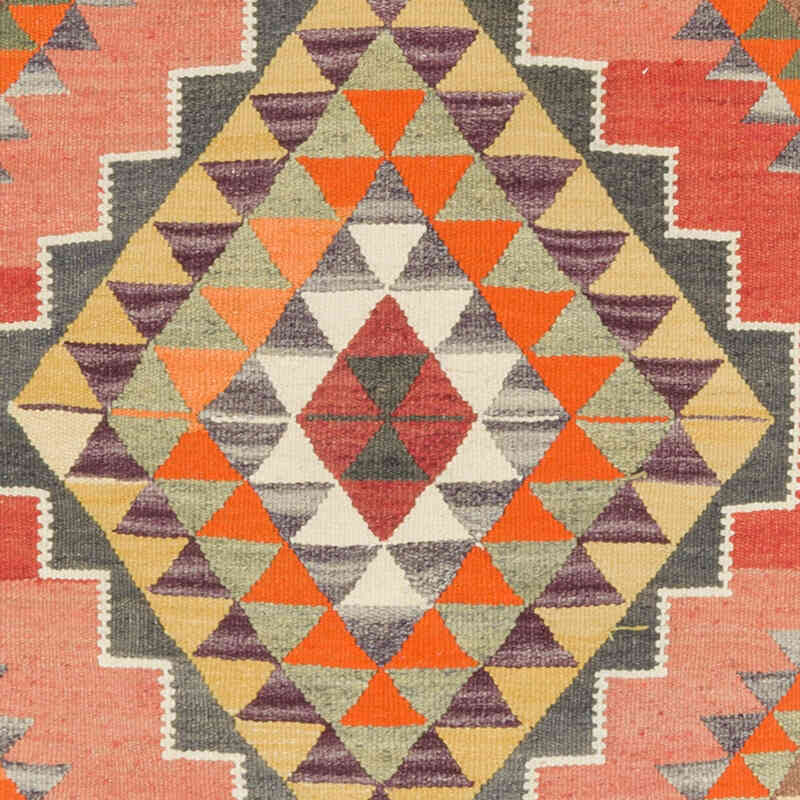

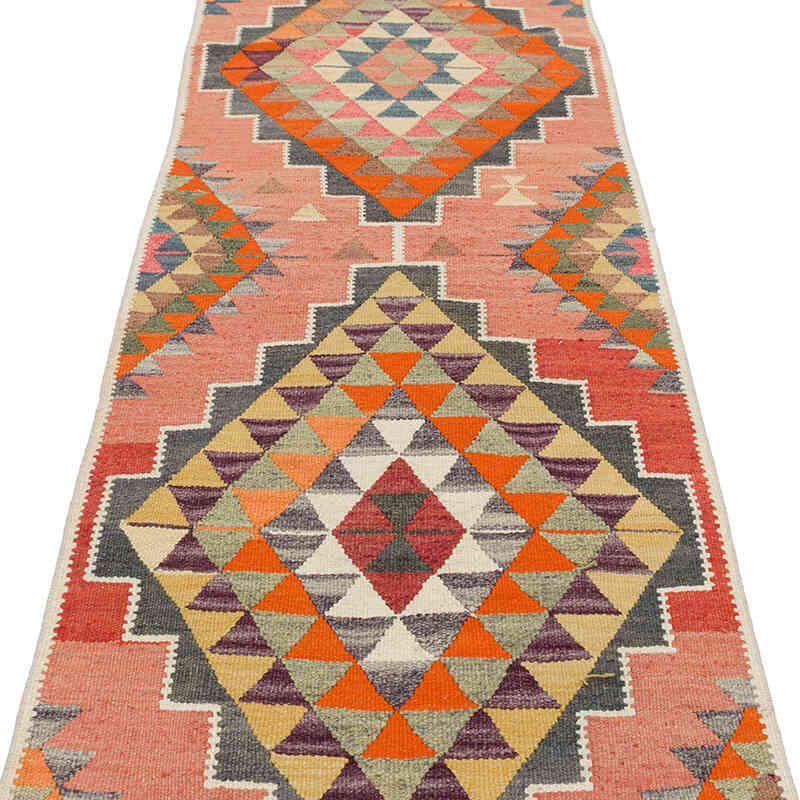
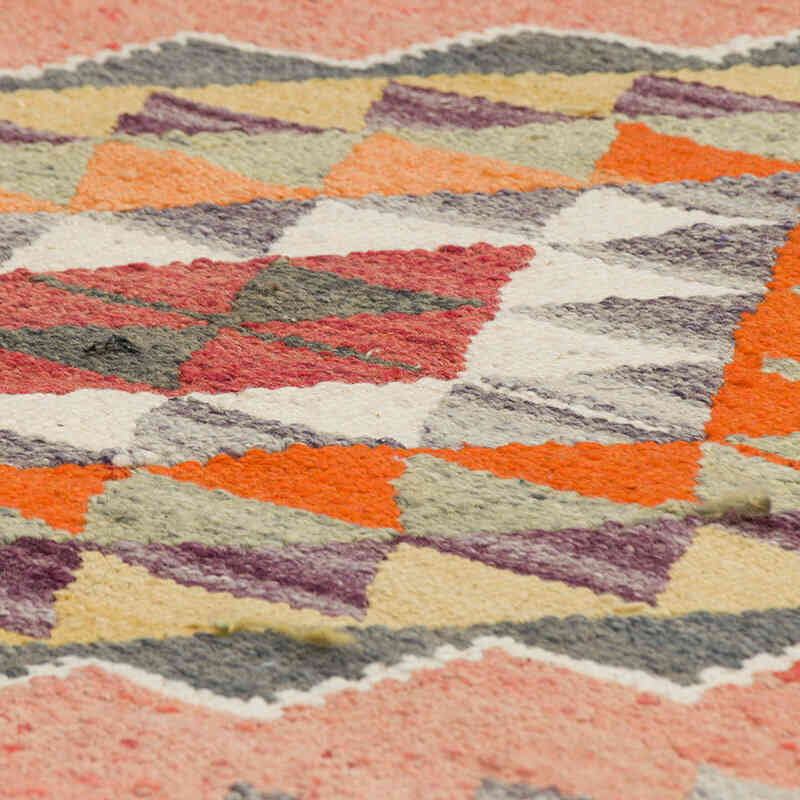
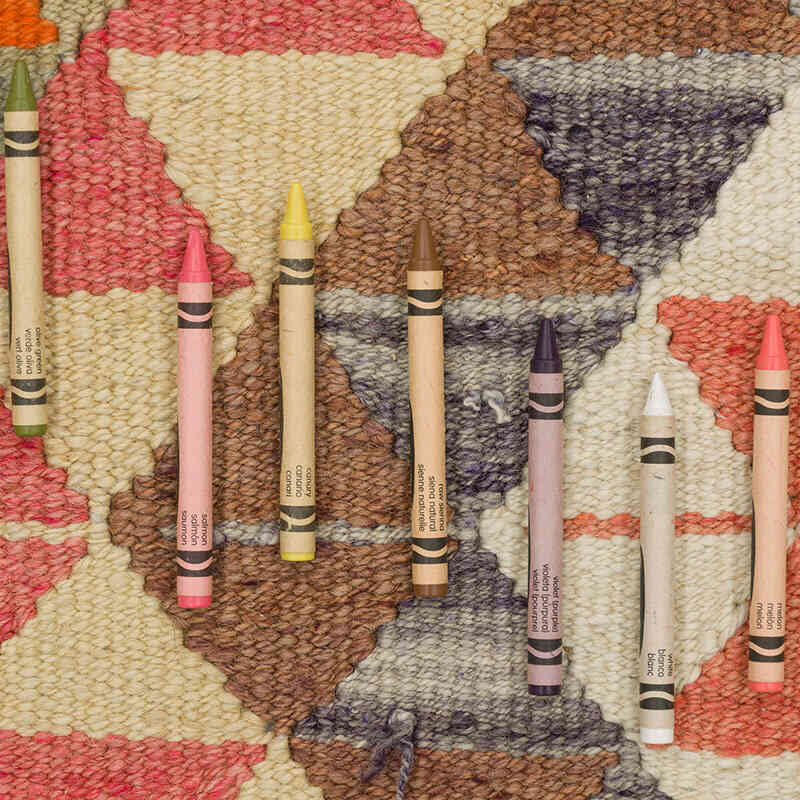
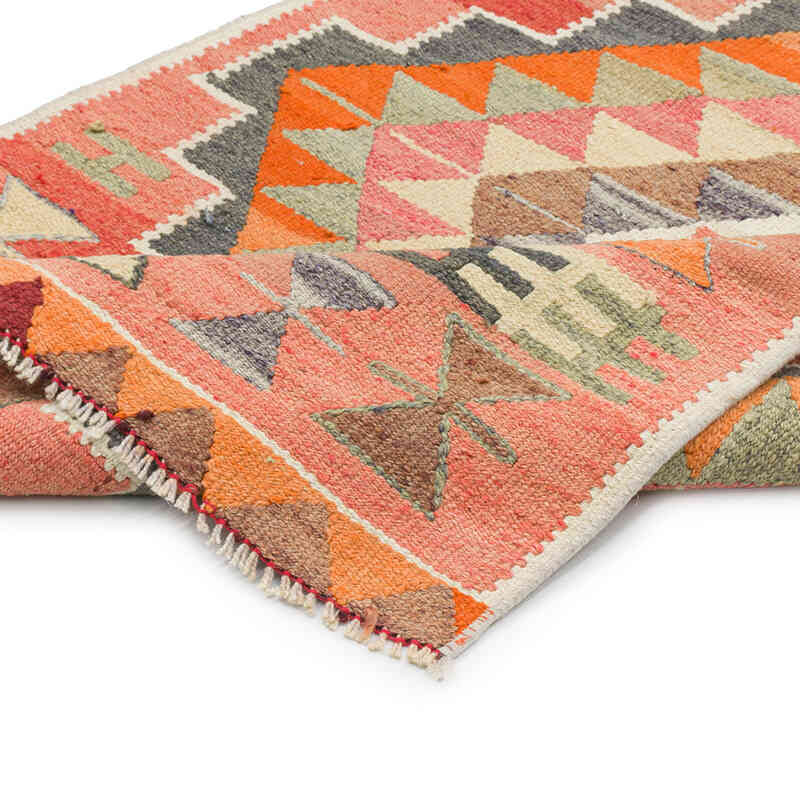
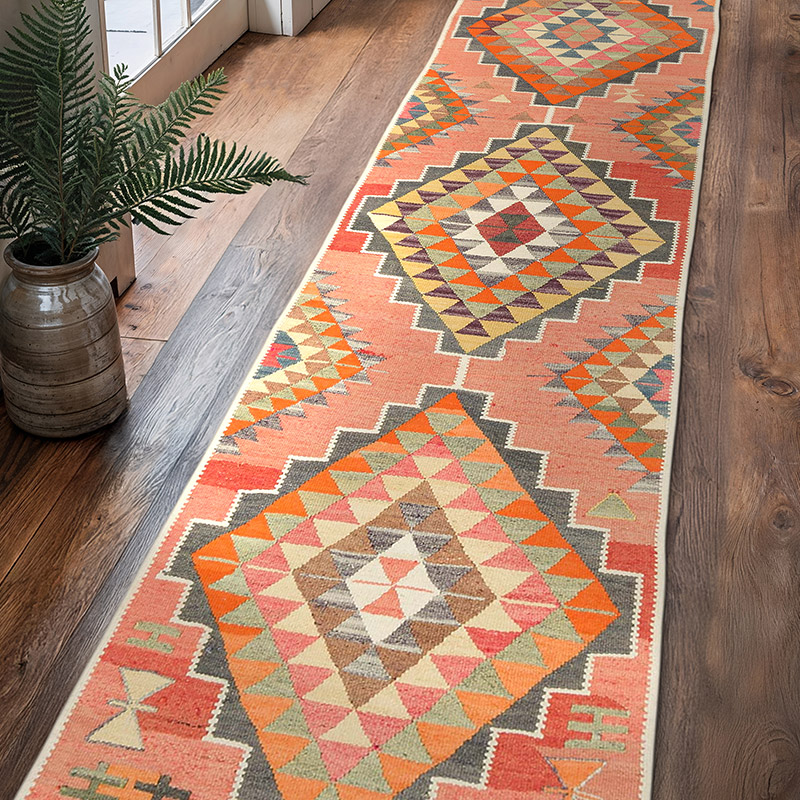
















Great product